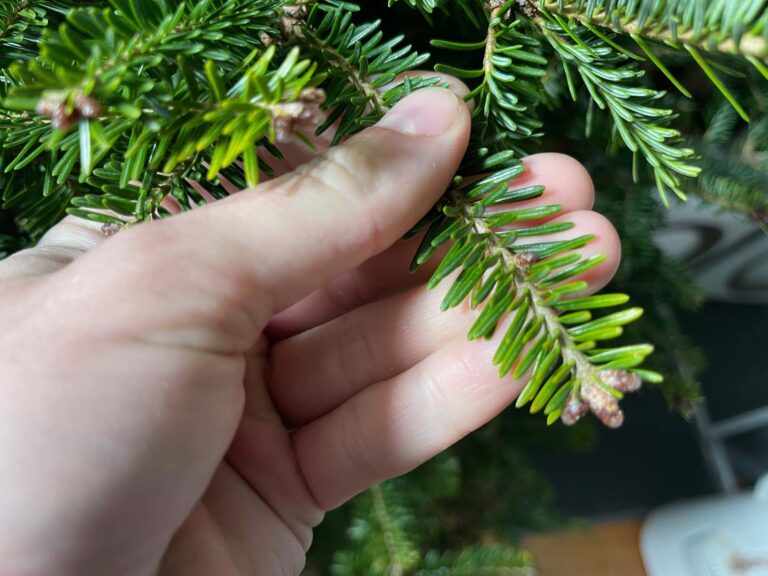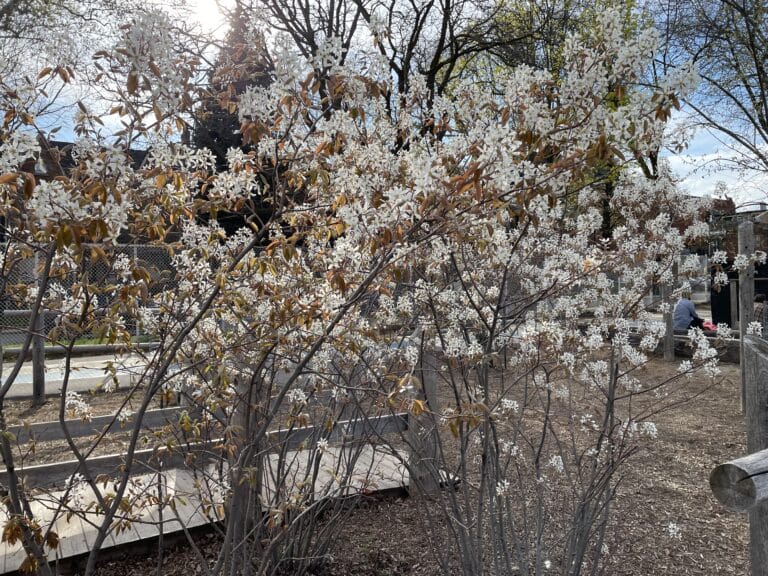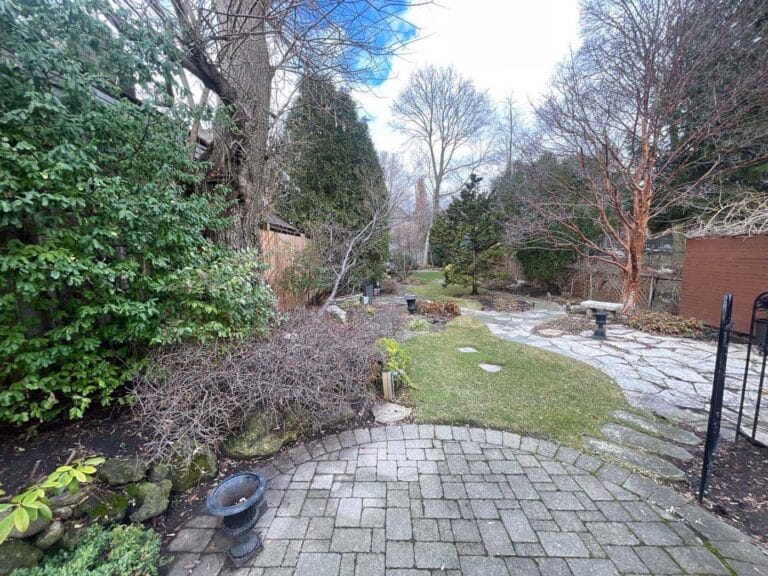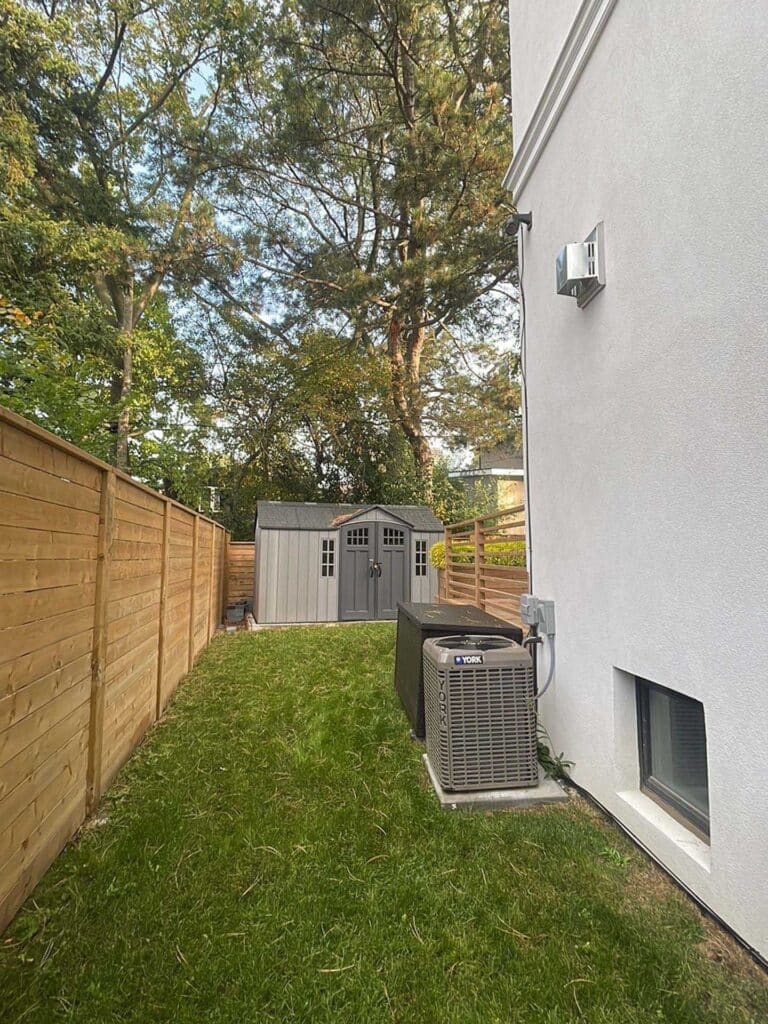If Your Pine or Evergreen Tree Is Losing Needles, It May Not Be All Bad News
Trees with needles come in many varieties — there are over 100 species of trees that have needles. Inevitably, some of these trees will lose their needles from time to time. But what happens if your tree is losing many needles?
Pines and other evergreens have their youngest needles at the tips of branches. Most needle shedding should come from the ends of branches closest to the trunk; if your tree is losing needles at the tips, it may indicate a problem.
Deciduous Conifers
Some types of trees, called deciduous conifers, do lose their needles in winter. These include larch trees, or tamaracks, and some cypress species. On these trees, fall needle drop is no more concerning than any deciduous tree losing its leaves in the autumn.
Pine Tree Losing Needles in Fall
Dead needles on pine trees in the late summer or the fall may be normal needle drop. Older needles frequently turn brown and drop in the fall, and this isn’t a cause for concern. A healthy tree should lose some needles and keep others.
Evergreen Losing Needles in Spring or Summer
Needle drop in the spring or summer can be more of an issue. In newly transplanted evergreens, including spruce trees, shedding some interior needles in the spring or summer can be common.
If the tree isn’t new, take a look at where the tree is losing its needles and if there are any other signs of disease or infestation. This should help guide you about what kind of problem you may be facing.
Needles Dying On Lower Branches
If you notice evergreen needles dying on lower branches, this might be a sign of trouble. Your tree may not be getting enough sunlight or nutrients. Sometimes lower branches don’t get as much sunlight due to other plants nearby; pruning nearby shrubs or trees may help.
Water stress is when a tree isn’t getting enough water overall. Dead lower branches can mean the tree is dying from the bottom up, with lower branches dying off to preserve the upper branches. Watering your evergreens regularly, and applying mulch or fertilizer can help fix water stress.
Salt Damage
Road salt from driveways, sidewalks and roadways can be particularly hard on evergreens. For this reason, the city of Toronto no longer plants evergreen trees on the road allowance portion of front lawns. But trees on private property or evergreens that predate the current policy can still be damaged by road salt. If this is happening to your tree, try to reduce the volume of salt you’re using — a little goes a long way! — or switch to a different product.
Needle Blight
Your tree could also be suffering from a type of blight, Sphaeropsis tip blight, also known as diplodia tip blight, or dosthiroma needle blight. These are caused by fungi.
Signs of blight include sluggish needle development and yellowing or browning of new needles. Blight can also cause problems with the trunk if the fungus infects it through a wound on the tree. The fungi tends to appear in damp spring conditions
This can be treated by an arborist or licensed pesticide applicator with a fungicide. Affected trees should be pruned in winter, when the fungus isn’t present.
Pine Wilt
Pine wilt is unfortunately fatal to pine trees. It’s caused by a roundworm called the pine wilt nematode, which eats the tree’s cells. The tree eventually wilts as it cannot move water and nutrients. The pine wilt nematode infects upper parts of the tree. Once one tree is infected, the nematodes can easily spread to nearby trees.
That means trees with pine wilt should be removed and the wood destroyed. Nematicides can also be used by a pesticide technician to treat the infection.
Pine Bark Beetle
Pine bark beetles usually infest pine trees that are already in rough shape, suffering from damage or infection. The beetles get into the bark, affecting the tree’s ability to move water and nutrients. Squiggly lines in the bark, brown needles and needle drop can all be signs of a pine bark beetle infestation.
Affected trees should be removed and destroyed to prevent the infestation from spreading.

Phytophthora Root Rot
Phytophthora is a fungus common in poorly-drained soil. Wet and compacted soils are its preferred place to spread. Signs of phytophthora include slow growth, browning or reddening needles, losing needles and branch die-back.
You may also notice damage at the base of the trunk. Left untreated, phytophthora root rot will eventually cause trees to die.
Arborists can treat this fungus by improving drainage and soil compaction around the tree to improve soil quality. We can also treat root rot with a fungicide.
Treating Evergreen Needle Loss
Keeping your evergreen trees watered and fertilized will help make them more resilient against disease, stress and damage.
If your pine or evergreen trees are showing signs of disease or stress, contact Vista Tree year-round for a consultation and treatment plan for your tree!








